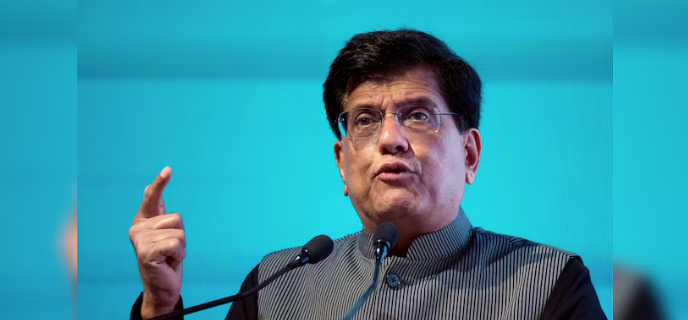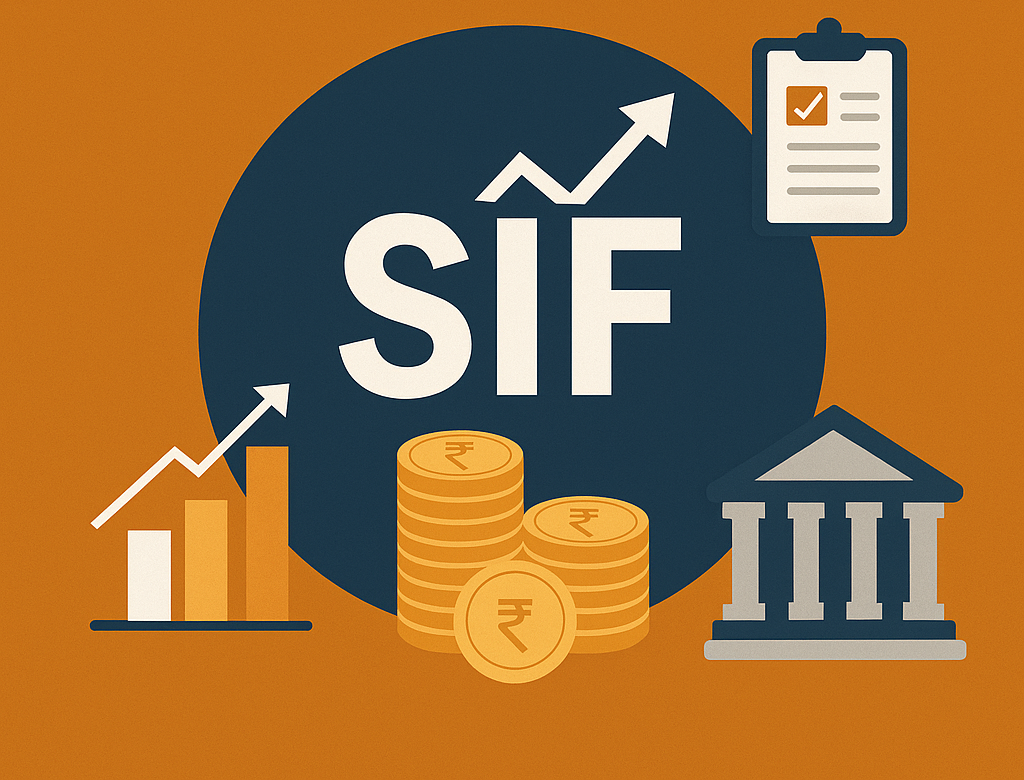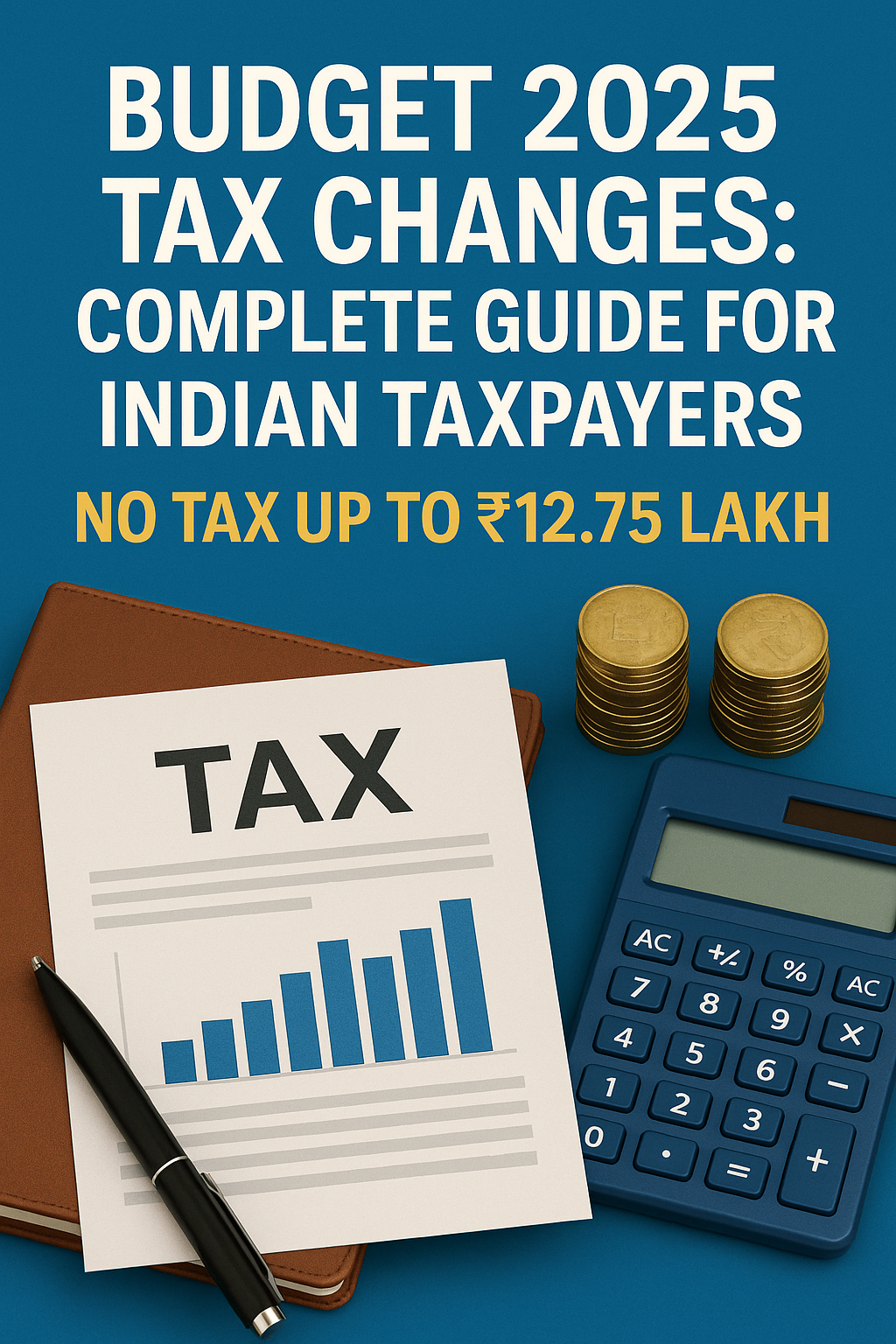New Delhi, June 25, 2025 – The government has disbursed ₹21,534 crore under its flagship Production‑Linked Incentive (PLI) scheme across 12 strategic sectors since its launch in 2021 . The PLI initiative, part of a larger ₹1.97 lakh crore outlay, is rapidly reshaping India’s manufacturing landscape.
What’s Driving the Momentum?
The Production-Linked Incentive (PLI) scheme is seeing strong traction across multiple sectors, each showing clear signs of growth and transformation.
In the Electronics and IT hardware sector, large-scale investments have been steadily rolling out, supporting the government’s push to establish India as a global electronics hub.
The Pharmaceuticals and Bulk Drugs segment has also witnessed impressive growth. Pharma sales touched ₹2.66 lakh crore, with ₹1.70 lakh crore coming from exports alone. Notably, domestic value addition reached 83.7% by March 2025. The bulk drug industry, which was once import-reliant, has now flipped into a net export position—exports stood at ₹2,280 crore, surpassing imports of ₹1,930 crore.
The Textiles and Food Processing sectors have seen equally promising results. Exports of man-made fibre (MMF) textiles rose to USD 6 billion in 2024-25, compared to USD 5.7 billion previously. The food processing sector attracted ₹9,032 crore in investments, generating ₹3.8 lakh crore in total sales and creating over 3.4 lakh jobs, further emphasizing its rural impact.
In addition, emerging sectors like drones, specialty steel, telecom, automobiles, and white goods have also benefited from the PLI boost, with notable gains in domestic manufacturing capacities and job creation.
Big Picture Gains
-
Total investment: ₹1.76 lakh crore
-
Production/sales triggered: ₹16.5 lakh crore
-
Jobs created: Over 12 lakh (direct + indirect) by March 2025
What the Minister Says
Commerce & Industry Minister Piyush Goyal urged departments at a high-level review to set a five-year roadmap for sustained investment and disbursement. He stressed:
-
Prioritizing sectors where India has a natural advantage
-
Resolving infrastructure bottlenecks
-
Focusing on quality workforce development over mere numbers
What This Signals
-
From Vision to Execution
– Early implementation delays have given way to accelerated payouts—₹2,746 crore in the current FY alone after just ₹9,067 crore last year. -
**Rural Reach & MSME Inclusion**
– Food‑processing mandates for local agri-use bolster farmer incomes.
– Over 70 MSMEs are direct beneficiaries, with 40 more in contract manufacturing arms . -
Strategic Self‑Reliance
– Reversing trade deficits in critical sectors—DPIs, bulk drugs—builds resilience.
– Textile and pharma export trajectories point to global competitiveness.
But Watch These Risks
-
Rollout gaps: Two sectors (solar modules, battery chemistry) remain unpaid.
-
Disbursement rhythm: Slower cash flow could distill momentum.
-
Execution challenge: Aligning various ministries and ramping up infrastructure isn’t trivial.
Final Take: Momentum—and Caution
The PLI scheme is proving to be more than just policy talk. Surging investments, robust production, and export-linked gains are visible, especially in electronics, pharma, and food. Yet, execution execution execution remains the mantra—ensuring bottlenecks are cleared, potential sectors prioritized, and infrastructure and skills are kept on pace.
Goyal’s call for a structured roadmap signals a shift from blurry aspirations to disciplined industrial planning. If sustained, this could be a major milestone in India’s journey to become a global factory—but only if implementation catches up with ambition.





